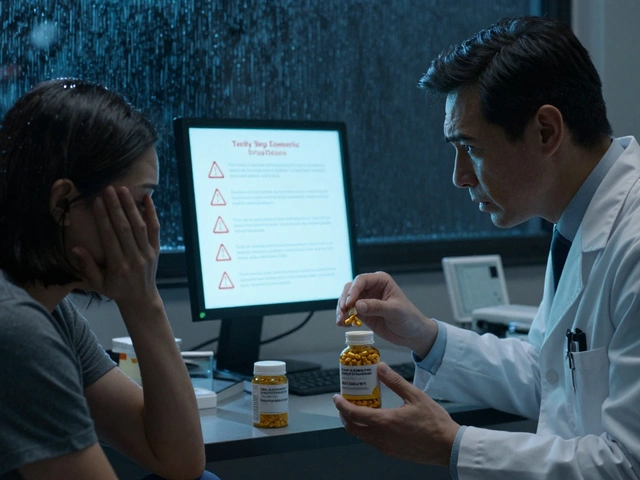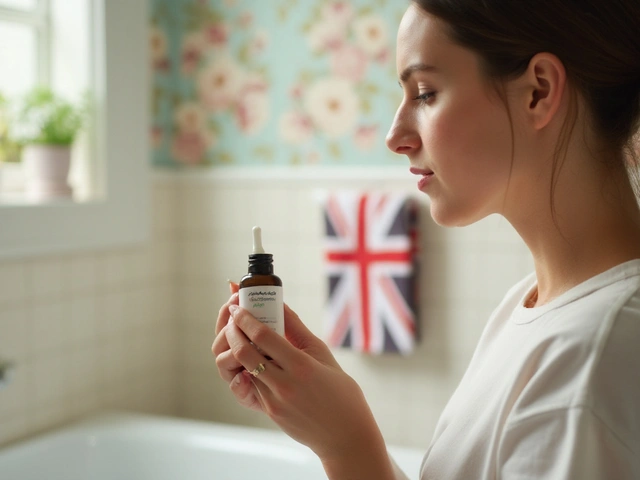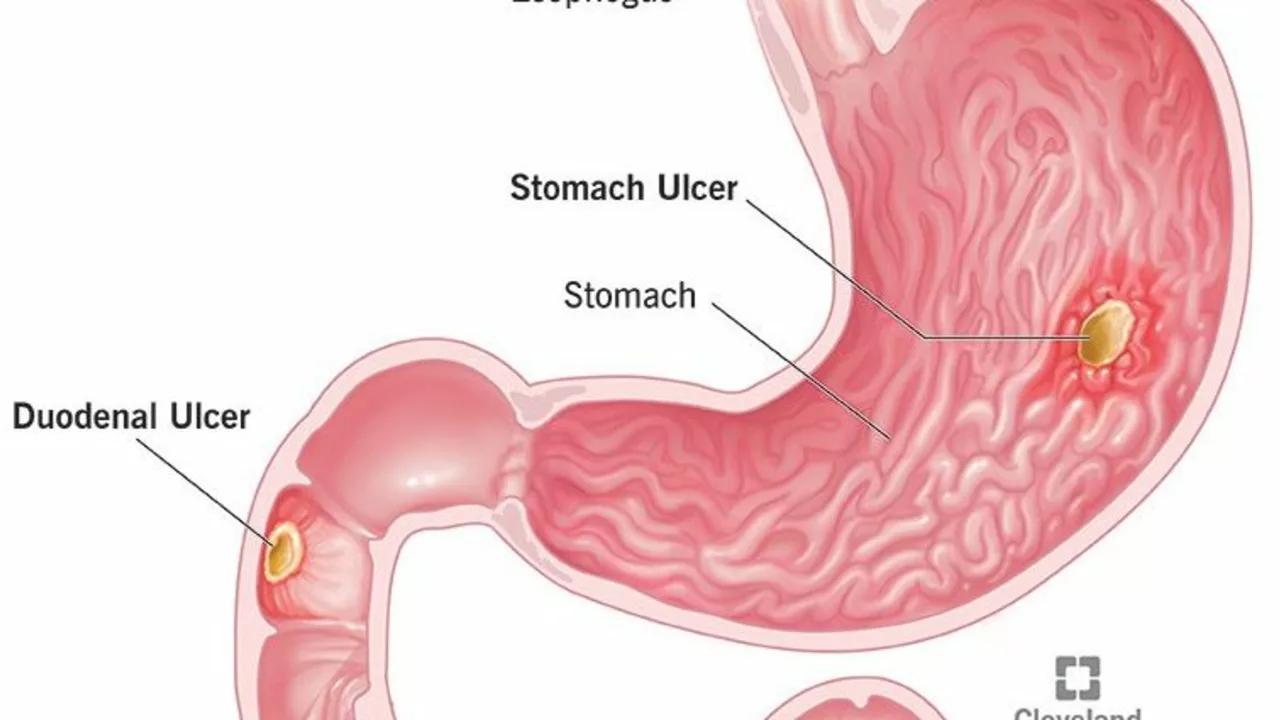Sucralfate: What It Is, How It Works, and How to Use It Safely
If your doctor mentioned sucralfate, you probably wonder what that pill actually does. In plain terms, sucralfate is a coating agent that sticks to the lining of your stomach or intestines and forms a protective barrier over ulcers.
Unlike antacids that neutralize acid, sucralfate doesn’t change how much stomach acid you produce. Instead, it creates a thin film that shields the raw tissue from acid, pepsin and bile, giving the ulcer a chance to heal on its own.
When Do You Take Sucralfate?
Doctors usually prescribe sucralfate for duodenal ulcers, gastric ulcers and sometimes for protecting the gut after certain surgeries. It’s also used for preventing stress‑related damage in critically ill patients.
The key rule is to take it on an empty stomach—typically one hour before meals or two hours after eating. This timing lets the tablet bind directly to the ulcer without food getting in the way.
Dosage, Side Effects & Practical Tips
Most adults start with 1 gram (usually four 250 mg tablets) taken four times a day. Your doctor may adjust the amount based on how severe the ulcer is and how you respond to treatment.
Common side effects are mild: constipation, dry mouth or a chalky taste. If you notice severe stomach cramps, black stools, or an allergic rash, call your healthcare provider right away.
A few practical pointers can make sucralfate work better:
- Don’t chew or crush the tablets. The tablet needs to stay intact so it can stick where it’s needed.
- Avoid calcium‑rich foods and antacids within two hours of taking sucralfate. Calcium binds with the drug and reduces its effectiveness.
- Stay hydrated. Drinking enough water helps move the medication through your system without causing extra constipation.
If you’re on other meds—like antibiotics, thyroid drugs or blood thinners—ask your pharmacist about spacing them out. Sucralfate can interfere with absorption, so a 2‑hour gap is safest.
Most people start feeling relief within a week, but full ulcer healing can take several weeks. Keep taking the medication exactly as prescribed, even if symptoms improve early. Stopping too soon may let the ulcer reopen.
Remember, sucralfate isn’t a cure for the cause of ulcers (like H. pylori infection or NSAID use). Your doctor might also suggest antibiotics or lifestyle changes—like cutting back on alcohol, quitting smoking, and avoiding spicy foods—to support healing.
In short, think of sucralfate as a protective bandage for your gut lining. Take it right before meals, stay away from calcium products nearby, and follow the dosage schedule. With those steps, you give your ulcer the best chance to heal quickly and safely.
The Pros and Cons of Using Sucralfate for Stomach Ulcers
Hey there, health enthusiasts! Let's dive into the fascinating world of stomach ulcers and our friend, Sucralfate. Now, this drug swoops in like a superhero, creating a protective barrier over ulcers, allowing them to heal. But remember folks, every hero has a kryptonite, and Sucralfate's might be its potential side effects - constipation, dry mouth, and upset stomach. So, while it's fighting the good fight against ulcers, be mindful that it might give you a bit of a rough time. But hey, no pain, no gain, right?
About
Health and Wellness
Latest Posts


Why You Must Tell Your Doctor About Every Supplement and Herbal Remedy You Take
By Orion Kingsworth Dec 1, 2025

Albendazole in Pregnancy: Safety, Risks, and Guidelines Explained
By Orion Kingsworth May 23, 2025

Coughs and Respiratory Infections: What to Watch Out For
By Orion Kingsworth Apr 23, 2025

